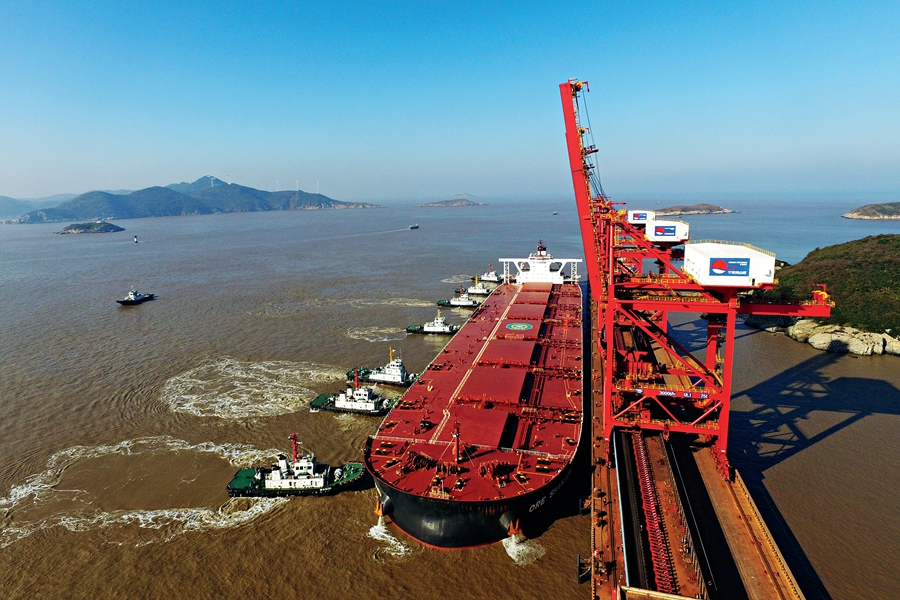Ningbo – The Harbor City
 0 Comment(s)
0 Comment(s) Print
Print E-mail China Today, April 19, 2018
E-mail China Today, April 19, 2018

The discovery of the Hemudu Site shows that a highly developed farming civilization system was formed in Ningbo during the Neolithic period. As early as 7,000 years ago, the ancestors of Ningbo changed their living pattern from fishing and hunting to settlement, progressing from savagery to civilization. It can be said that Ningbo is also one of the cradles of the Chinese farming civilization.
Distinctive Marine Culture
Due to traffic inconvenience in ancient times, waterways have become an important means of trade. As the southernmost city of the Grand Canal of China, one of the World Cultural Heritages, Ningbo is also the marine outfall of the canal, the junction between the canal and the Maritime Silk Road.
The Grand Canal of China is the golden waterway of South-to-North food transfer and North-to-South material transfer, which has played a significant role in the economic and cultural development and exchanges between China’s north and south. At the same time, Ningbo is also an important seaport, and maritime trade has been carried out since the third century BC and accelerated with the development of the oceans. Ningbo’s commercial trade has made great strides with the prosperity of the Grand Canal and its shipping industry. Large quantities of silk, tea, and porcelain are shipped to East Asia, Southeast Asia, West Asia, and Africa through the canal and the port of Ningbo. In the eighth century, Ningbo, Yangzhou, and Guangzhou were known as China’s three major foreign trade ports. Ningbo is not only a port city famous for its traffic and trade with other countries in the world, but also an important window for international cultural exchanges.
So far, the city still retains many distinctive marine cultural relics.
The Gulou area in Haishu District is one of the most prosperous commercial areas in the city. There is a greenbelt on its east side – Yongfengku Ruins Park, which is particularly eye-catching in contrast to the surrounding high rises. In the park, one can feel the profound history. There is a recreation of the ruins according to its original proportions, including bridges, walls, wells, and a waterway, along which citizen can ramble. One-meter underground are the buried ruins.





